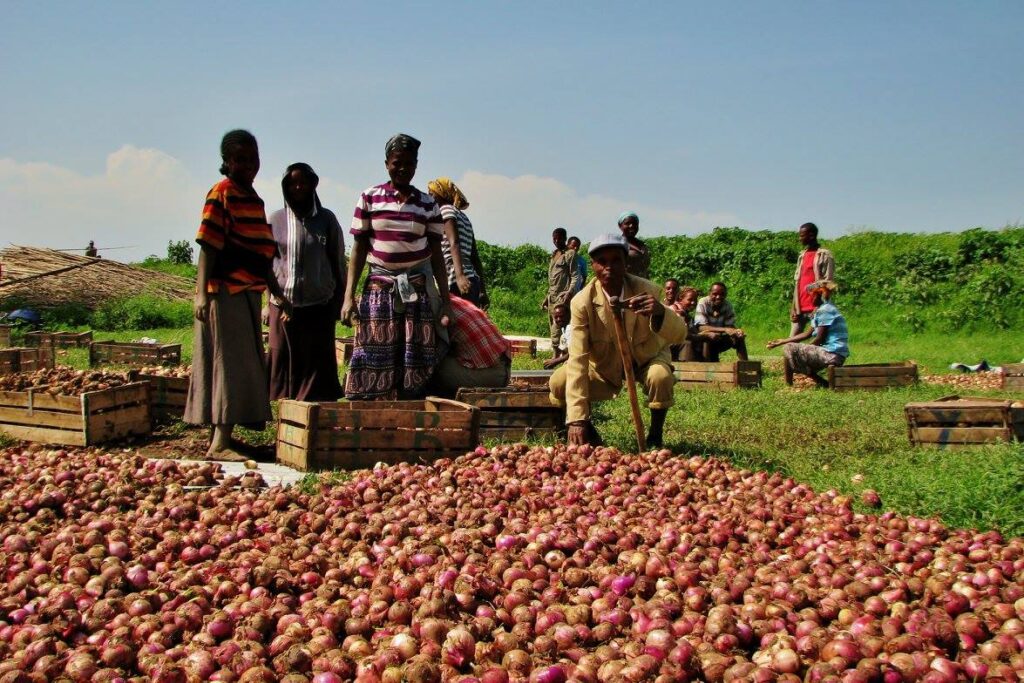Securing the food supply chain via Maps and Farmer led Irrigation
10/12/2022
10/12/2022


With the global population set to near 10 billion by 2050 in addition to demand for food increasing by 60% in that same year, a significant challenge to secure the supply of food via effective agricultural practices continues to surface. Across Africa, we see continued rapid population growth outpacing agriculture production - largely due to the fact that less than 10% of the arable land is irrigated and thus is not shielded from negatively impacting climate change shocks.
The role of local government authorities and maps
This is where the power of data depicted on maps (e.g., location, urban-rural plannings, etc.), as well as local government input can collectively cultivate a strong, resilient operating environment to empower Farmer Led Irrigation (FLID); at both scale and a rapid expansion pace, and in an inclusive and sustainable manner.
Farmer-led irrigation needs the backing (approval) of governments to support this alternative path for meeting countries’ development priorities, (e.g. climate change resilience, food security, high levels of efficient water resource management)
Farmer-led irrigation holds select advantages over conventional public irrigation development as follows:
Farmers usually build irrigation systems by the closest water source (as determined via informative, detail orientated geographical data maps (see Why Mapping is Integral), requiring limited infrastructure.
Farmers also raise funds, or frequently use their savings, to finance irrigation development in order to achieve the following:
2. FLID irrigation can be rolled out rapidly
In promoting FLID at a localized level or scale, irrigation can grow and advance in a number of months. Mapaid is able to track the progress of irrigation measures employed by farmers.
3. The benefits spread widely
Public irrigation schemes can be extremely expensive to run and maintain throughout the years. Irrigation development, as an alternative, directed by farmers can yield a much wider impact in sustainability and political terms.
4. FLID can enable resilient sustainability and cohesion of communities
Giving smallholders freedom and autonomy over their land management, as well as their irrigation and planning is so important! Their participation, at this level, can equip them with insightful information and context, such as rising temperatures, invasive pests, and heavy, extreme climate change.
Stabilizing food supply chains via local empowerment
Many studies to date have reflected how Irrigated farming increases stability and availability of locally grown food (which many buyers continue to require). Given a range of challenges (e.g. COVD-19 outbreak, disruption to health and nutrition services, etc, over 2020 to 2021) enabling access to sustainably grown food via insightful mapping and FLID remains urgently high on the agenda list for many stakeholders worldwide.